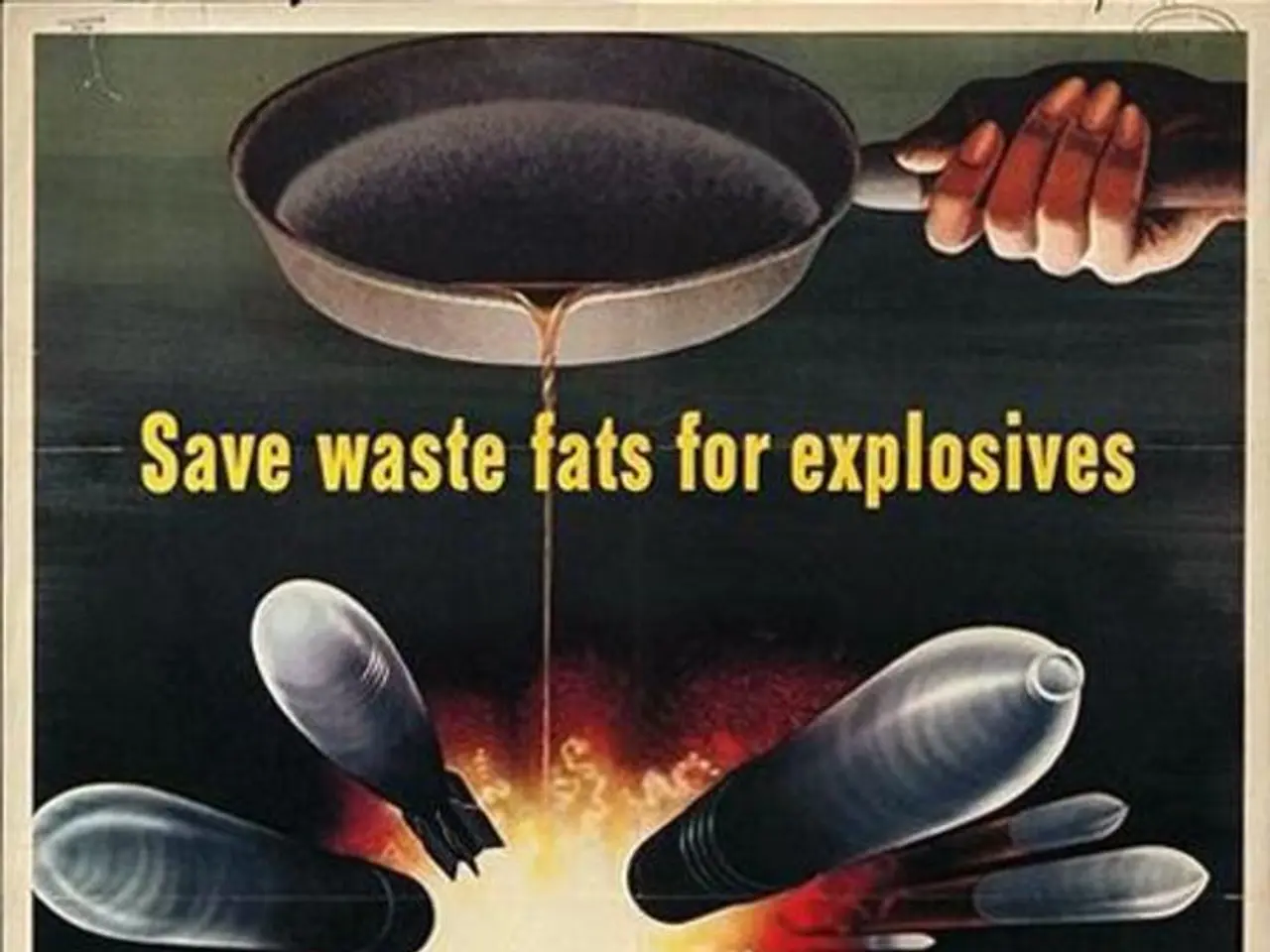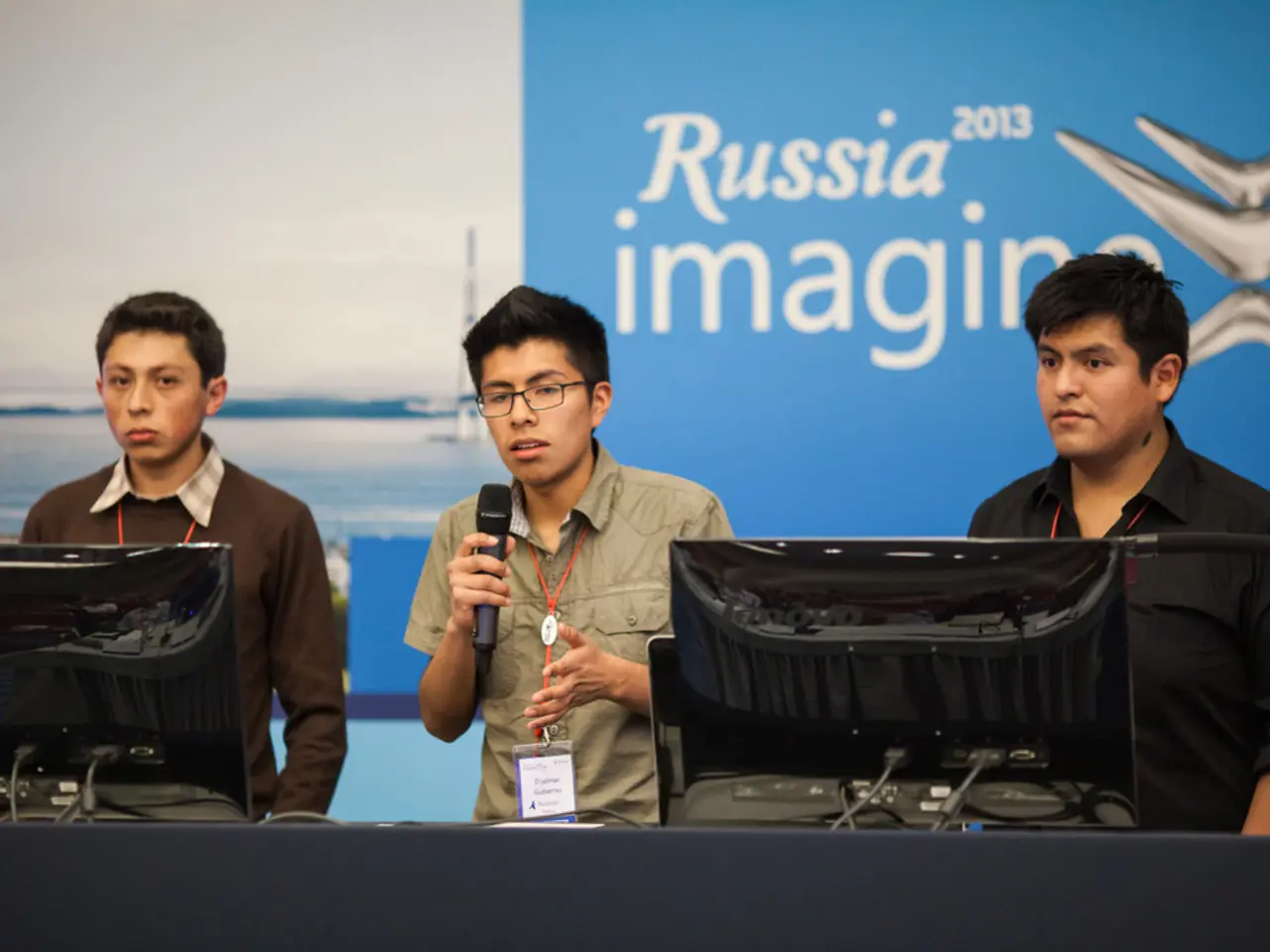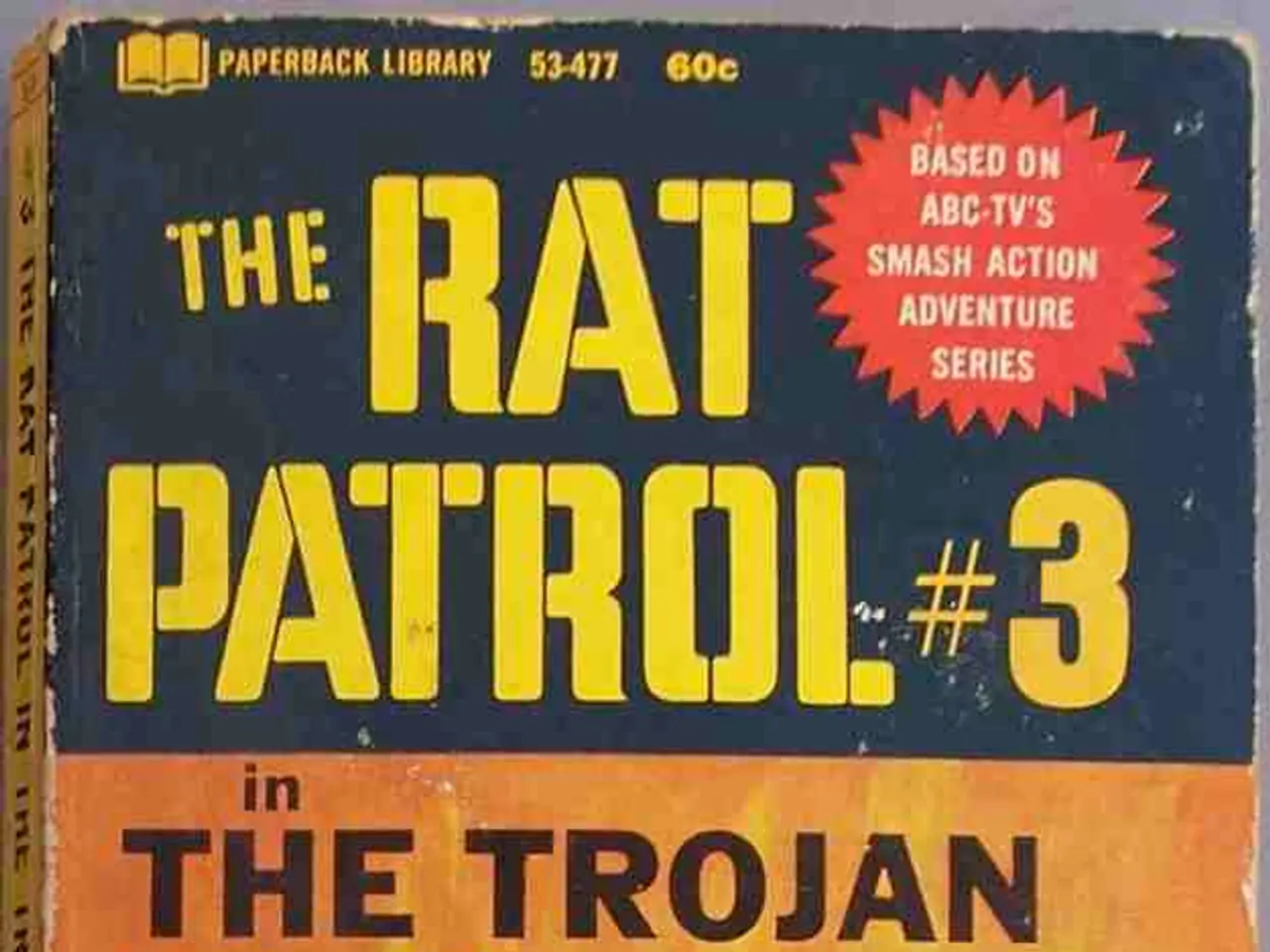Nuclear war apprehensions escalate, pushing Doomsday Clock nearer to midnight; latest bulletin identifies Russia, China, and the United States, setting off global alarm.
In the current geopolitical landscape, the nuclear tensions between the United States, Russia, and China have intensified, marked by several key developments.
Recently, China and Russia conducted joint naval drills near Vladivostok, involving anti-submarine and missile defense operations. This military cooperation, amid rising tensions with the U.S., signals a closer alliance between the two nations [1]. Simultaneously, the U.S. under President Trump moved nuclear-capable submarines closer to Russian waters, a maneuver intended as a show of force [2][3].
Russia has responded to these actions by officially ending its adherence to the INF Treaty, increasing the risk of nuclear competition and diplomatic strain [2]. This decision further exacerbates the already heightened nuclear tensions.
The worsening perceptions of global nuclear security risks are reflected in the Doomsday Clock, maintained by the Bulletin of the Atomic Scientists. The clock, a symbol warning of humanity's proximity to self-destruction, remains close to midnight, underscoring the persistent threat of nuclear conflict and instability [2][4].
China is also increasing its nuclear investments, building up its stockpile of warheads, and working closely with Russia in the nuclear field [5]. Russia, too, is making more frequent threats in the nuclear field, lowering the threshold and reshaping the risks [6].
Experts, including nuclear analysts, security leaders, and geopolitical researchers, have moved the Doomsday Clock forward, indicating that the world has reached a tipping point [7]. The clock now sits at 89 seconds to midnight, the closest it has ever been [8].
Rebecca Heinrichs, a nuclear expert at the Hudson Institute, states that the United States is now facing two nuclear rivals simultaneously: Russia and China [9]. The mindset behind the use of nuclear weapons matters more than the number of weapons, she emphasizes [10].
The United States is also signalling a readiness to modernise its nuclear arsenal [11]. The pressure and stakes feel heavier due to the presence of two major nuclear adversaries, a stark contrast to the Cold War era, which involved only one major adversary [12].
The goal is to maintain nuclear peace, but the stakes are high. Some leaders believe that a limited nuclear exchange could be controlled, but many experts disagree [13]. The way forward involves clarity, strength, prepared responses, purpose, and resolve to protect nuclear peace [14].
The Bulletin of the Atomic Scientists began its work in 1945, created by scientists from the Manhattan Project [15]. Their mission remains vital today, as the world navigates the complexities of trilateral nuclear dynamics and strives to maintain global stability.
- In the sphere of environmental science, concerns about the potential environmental impact of a nuclear conflict between the United States, Russia, and China are increasingly prominent, given the escalating tension.
- Amidst the development in space and astronomy, experts are monitoring the potential impact of this nuclear rivalry on international cooperation in space exploration, as a limited nuclear exchange could cause significant damage to satellites and other space assets.
- General news outlets are now covering politics extensively, focusing on how policymakers in the United States, Russia, and China are addressing the pressing issue of nuclear proliferation and reducing the risks of a catastrophic nuclear war.








